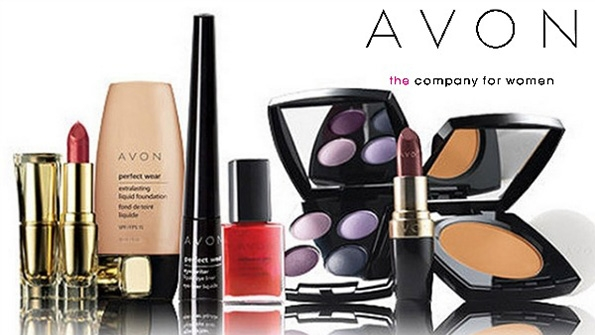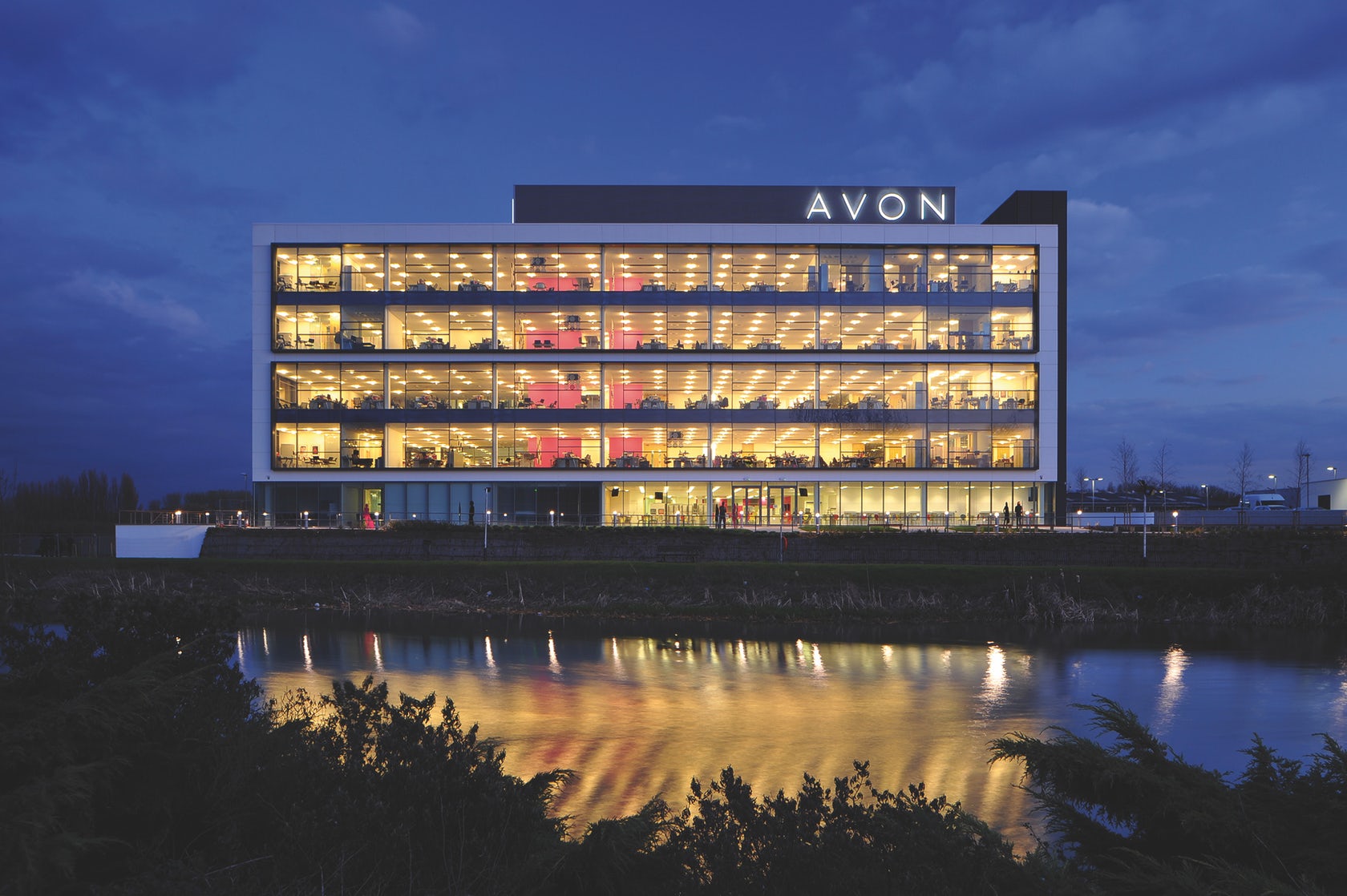Avon Products, Inc., was the world’s largest direct selling organization and merchandiser of beauty and beauty related products. From corporate offices in New York City, Avon marketed product lines to women in 112 countries through 1.6 million independent sales representatives who sold primarily on a “door-to-door” basis. Total sales in 1992 were $3.8 billion. The company’s workforce of 29,900 employees staffed divisions of product management, manufacturing, and sales and service, worldwide.
Avon’s product line included skincare items, makeup, perfume fragrances for men and women, and toiletries for bath, hair care, personal care, hand and body care, and sun care. Recognizable brand names included Skin-So-Soft, a product in the bath products area, which benefited from wide publicity concerning alternative uses; Avon Naturals, Avon True, Feelin Fresh, Footworks, Simply Delicate, Simply Pretty, and Imari fragrance. Newer products included “Avon Color,” an entirely new line of more than 350 shades of lip, eye, face, and nail colors. The product line would assure customers that Avon had just the right shade for them and that their total “look” could be coordinated.
“Anew Perfecting Complex for Face,” another new product, was judged the most successful skincare product in Avon history.
Internationally, the company’s product line was marketed primarily at moderate price points. The marketing strategy emphasized department store quality at discount store prices. Avon was the world’s largest manufacturer and distributor of fashion jewelry and marketed an extensive line of gifts and collectibles. A separate division, Giorgio Beverly Hills, manufactured and sold prestige fragrances.
These brand name products were sold through major retail department stores, in boutiques, by
mail order catalog and by other means.
The Early Years
In the late 1800s, David McConnell, a door-to-door book salesman, had an idea he believed would encourage women to buy his books. Following a common trade practice of the period, he gave prospective customers a gift of perfume to arouse their interest. Before long, he discovered that the perfume was more popular than the books. He formed a new firm, which he called the California Perfume Company.
“I started in a space scarcely larger than an ordinary kitchen pantry,” David McConnell noted in 1900. “My ambition was to manufacture a line of goods superior to any other and take those goods through canvassing agents directly from the laboratory to the consumer.”
McConnell based his business upon:
- consumable products sold directly to the consumer, an image of the company that captured the beauty and excitement of the state of California, and
- a national network of sales agents he had organized during his years as a bookseller.
Preston felt that the spirit of the founder continued to influence decision making in the organization. A series of corporate principles, developed by McConnell, provided direction for the company throughout its history. These corporate principles are as follows:
1. To provide individuals an opportunity to earn in support of their well-being and
happiness;
2. To serve families throughout the world with products of the highest quality backed by a
guarantee of satisfaction;
3. To render a service to customers that are outstanding in its helpfulness and courtesy;
4. To give full recognition to employees and Representatives, on whose contributions Avon
depends;
5. To share with others the rewards of growth and success;
6. To meet fully the obligations of corporate citizenship by contributing to the well-being of society and the environment in which its functions; and
7. To maintain and cherish the friendly spirit of Avon.
A Period of Growth
As the firm grew, so did the product line. In 1920, the company introduced a line of products called Avon that consisted of a toothbrush, cleanser, and vanity set. The Avon name was inspired by the area about the company’s laboratory at Suffern, New York, which Mr. McConnell thought resembled the countryside of William Shakespeare’s home, Stratford-on Avon, England. The name of the line became so popular that in 1929, the company officially became Avon.
By 1929, the company was selling low-cost home care and beauty products, door-to-door and through catalogs in all 48 states.
In the early 1950s, the sales representatives’ territories were reduced in size, a strategy which led to quadrupling the sales force and increasing sales six-fold over the next 12 years. Avon advertisements appeared on television for the first time during this period. The famous slogan, “Ding Dong, Avon Calling,” was first televised in 1954.
Company sales continued to grow dramatically throughout the 1960s. In 1960, total sales were $1.5 million, an 18% increase over the previous year; international sales were $8.2 million; and the company consisted of 6,800 employees and 125,000 sales representatives. By 1969, total sales had grown to $558.6 million; international sales were $193.1 million, and the firm had 20,800 employees and over 400,000 sales representatives. Manufacturing plants, distribution centers, and sales branches were opened throughout the world as part of an expansion program.

Diversification through Acquisition
In 1979, Avon purchased Tiffany & Company, a prestigious jeweler, for $104 million. Tiffany’s purchase set the tone for the next decade: diversification through acquisition. This included an ill-fated billion-dollar plunge into the home health-care industry and a later entry into the prestige-fragrance industry through the 1987 acquisition of Giorgio, Inc. of Beverly Hills (California).
Several attempts by other firms, such as Amway Corporation and Mary Kay Cosmetics, Inc., during the 1980s, to take over Avon, however, interfered with management’s ability to effectively plan for the future. Although Avon’s chairman in 1985, Hicks Waldron, had a five-year plan to restore profit growth to the firm’s basic businesses, Avon’s corporate earnings continued to stagnate. Tiffany & Company was sold in 1984 to an investment group led by Tiffany management.
Also Read: Why Is Amway The Best Direct Selling Company?
International Marketing and Expansion
Avon entered the international marketplace in the 1950s. In 1954, Avon opened sales offices in Venezuela and Puerto Rico to cultivate the Latin American market. Avon expanded into the European market in 1957 through its United Kingdom subsidiary, Avon Cosmetics, Ltd.
The company entered the Asian market in 1969, by way of Japan. In 1990, it became the first major cosmetics company to manufacture and sell products in China. That same year, Avon became the first American beauty company to enter East Germany. Sales of Avon International, in 1992, were $2.25 billion, compared to Avon U.S. sales of $1.41 billion.
More than three-fifths of the firm’s direct selling sales and earnings came from outside the United States and the proportion was growing.
Avon divided the world into four geographical divisions: (1) The United States, (2) Europe, (3) The Pacific, and (4) The Americas. In most cases, the primary operating arrangement in each of these divisions was direct ownership by Avon of the foreign country subsidiary.
Joint ventures with foreign firms were used when the culture and the ways of doing business were significantly unfamiliar to Avon management.
By 1991, Avon management felt that it was time to re-evaluate and map out the long-term future of the firm’s beauty businesses on a global level. Senior management knew that the traditional Avon system of door-to-door house calls worked “wonderfully” in developing nations. “We entered new markets, we added new products, and we saw developing nations grow to 27 percent of our sales volume,” noted Chairman Preston.
From a global perspective, three avenues of growth were identified by Avon management: (1)
geographic growth, (2) leveraging distribution channels in emerging and developing markets,
and (3) marketing in developed industrial areas.
Geographic Growth
The first area was geographic growth. Enormous growth opportunities existed in countries with huge populations such as China, Indonesia, and India. In Eastern Europe, management was excited about the potential in Poland, Czechoslovakia, Hungary. In the Pacific Rim area, countries like Vietnam, Cambodia, and Laos were targeted as market opportunities.
Emerging And Developing Markets
The second area of growth was to continue to emphasize direct selling in the emerging and developing markets of Latin America, the Pacific Rim, and other areas. In those markets, the retail infrastructure was undeveloped, especially in the interiors of those countries.
The Avon representative provided consumers with an opportunity to buy a wide range of quality products at acceptable prices. In some developing markets, where access to quality goods was particularly prized, Avon’s direct selling method opened up unprecedented prospects for women.
In China, for example, women were so eager for Avon products that a projected six-month inventory of lotion sold out in only two weeks. Keen demand for Avon products also presented an extraordinary earnings opportunity for Avon representatives. Similarly, in Poland, Avon offered customers access to cosmetics and personal care items never before available to them.
Developed Industrial Markets
The third area of international growth was marketing in the United States and other developed
industrial areas like Canada, Western Europe, and Australia. It had become clear, however, that
the old system wasn’t going to prosper without major change.
In established markets, the single most compelling issue management had identified was an erosion of the core customer base. The number of people buying from Avon in markets like the United States had been dwindling by 2-3% per year for about twelve years. “We applied all the tried-and-true stimuli to our direct selling system: changes in recruiting, incentives, commissions, brochures, and more,” suggested
Preston. “We had some success. But we didn’t stop the decline of customer purchasing activity.”
Management felt growth would come by updating the direct selling channel.
Customizing Marketing Internationally
Satisfying the subtleties and intricacies of customer demand around the world meant that the firm’s business would vary from country to country and market to market. In the United States, for example, Avon developed Avon Select, a direct marketing program, to enable customers to buy Avon products in various settings.
Customers could order products via any one of four methods: through their Avon representative, by mail through special Select catalogs, by the 1-800-FOR-AVON telephone, or by FAX. Similar opportunities were offered worldwide.
In Taiwan, for instance, Avon products were sold by Avon representatives in some 2,000 storefront
shops, where orders could be placed via fax for next-day delivery.
In all cases, new programs were designed to complement the existing network of sales representatives. The company also spent 2 to 3 percent of annual sales on image-enhancing advertising and promotion programs worldwide to make customers aware of Avon products and the purchase options available. Even retail stores were not ruled out by management as a viable alternative for the distribution of Avon products.
To read more content like this, Subscribe to our newsletter.
[wpforms id=”320″ title=”true”]
